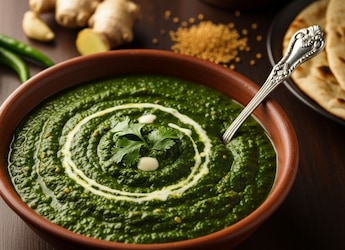It was probably the enticing food visuals of Malayalam film Ustad Hotel that prompted my second visit to Kozhikode. Ustad Hotel is that rare Indian film where a region's cuisine almost becomes a central character in the plot. The first thing I did was head straight to Paragon, a dining establishment that dates back to the 1930s. It was 11 am and I barely managed to locate an empty seat. This restaurant is known beyond Kozhikode for its flaky Malabar parottas and Calicut-style biryani, which is why it came as no surprise that many diners were digging into platefuls of biryanis at 11 am, hardly lunch time by any stretch. If I had to pick one place as Kerala's food capital it would be Kozhikode. Everybody's a foodie in this city and a lot of conversations even at 11 am on a weekday centre around food.
Advertisement
Advertisement
Advertisement
For the latest food news, health tips and recipes, like us on Facebook or follow us on Twitter and YouTube.
Advertisement
